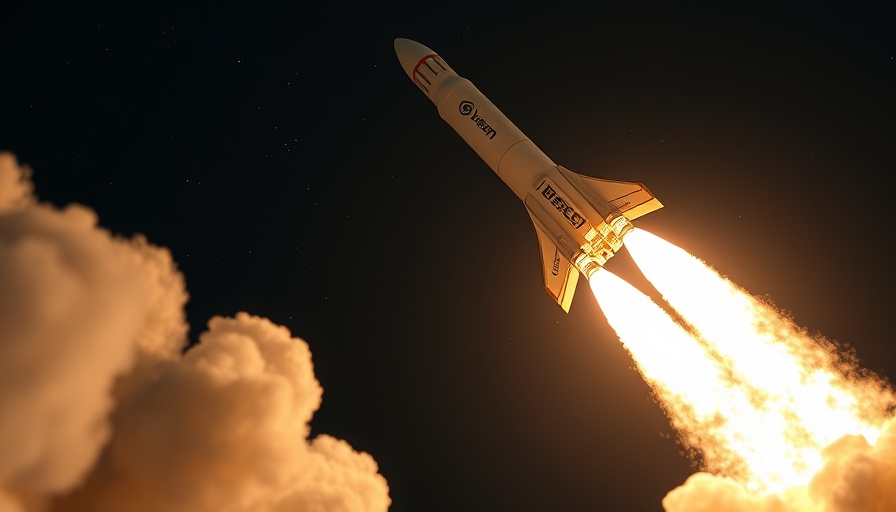
The Final Flight of the H-2A Rocket: A Milestone in Japanese Space Exploration
On June 29, 2025, Japan marked a significant moment in its space exploration history with the launch of the GOSAT-GW satellite aboard the H-2A rocket, the final trip for a rocket that has become a symbol of the country's advancements in aerospace technology. Launched from the Tanegashima Space Center, the H-2A rocket achieved lift-off after a brief delay caused by electrical system issues, successfully deploying the GOSAT-GW into orbit around 16 minutes later.
Understanding the Mission of GOSAT-GW
The GOSAT-GW, or Global Observing Satellite for Greenhouse gases and Water cycle, represents Japan’s ongoing commitment to monitoring climate change. This satellite will provide critical data on greenhouse gases such as carbon dioxide and methane, enhancing the understanding of environmental issues affecting the planet. Within a year, the GOSAT-GW will begin sharing this valuable data with global organizations including the U.S. National Oceanic and Atmospheric Administration (NOAA), aiding in worldwide climate change efforts.
A Legacy of the H-2A Rocket: Success and Impact
The H-2A has enjoyed an impressive flight record since its inception in 2001, characterized by a 98% success rate over its 50 missions. This rocket brought numerous satellites and scientific probes to orbit, playing a pivotal role in enhancing Japan's position in the aerospace sector. As the H-2A prepares for retirement, it passes the torch to the H3 rocket, a new generation of launch vehicle designed for greater efficiency and cost competitiveness.
The Emotional Moment for JAXA and Mitsubishi
As the H-2A completed its last launch, emotions ran high among scientists and engineers at the Japan Aerospace Exploration Agency (JAXA) and Mitsubishi Heavy Industries. Celebrations erupted upon the successful deployment of GOSAT-GW, with JAXA President Hiroshi Yamakawa emphasizing the emotional weight of this mission. For many involved, the H-2A rocket symbolized not just a technology but a shared journey of innovation, dedication, and pioneering spirit.
Future Predictions: Next Steps After H-2A
As the H-2A rocket retires, its successor, the H3 rocket, is anticipated to usher in a new era of space exploration for Japan. The H3 is expected to incorporate advanced technologies aimed at improving reliability and reducing costs, thus enhancing Japan’s competitiveness in the global space market. As countries invest in space exploration, the lessons learned from the H-2A will inform future missions, emphasizing the importance of adaptability and innovation in engineering.
Conclusion: The Importance of Space Research
Japan's latest launch highlights the critical role of space research in addressing global challenges such as climate change. The deployment of the GOSAT-GW satellite reflects a commitment not only to technological advancement but also to contributing to the global understanding of environmental issues. As we look ahead to future explorations with the H3 rocket, it is essential that other nations also invest in technologies that will foster global cooperation in tackling pressing challenges.
 Add Row
Add Row  Add
Add 




Write A Comment